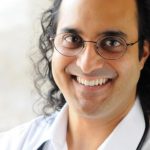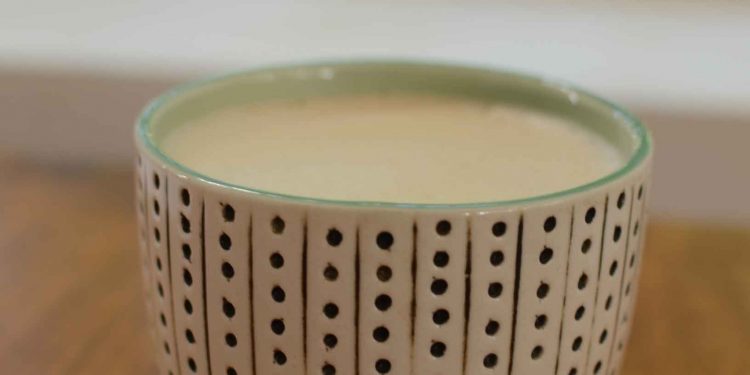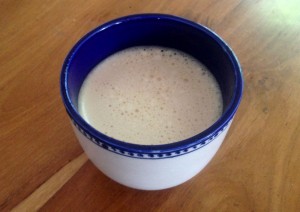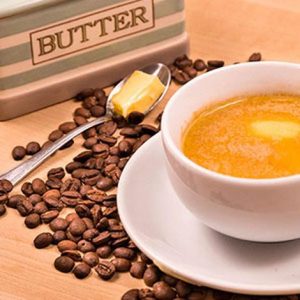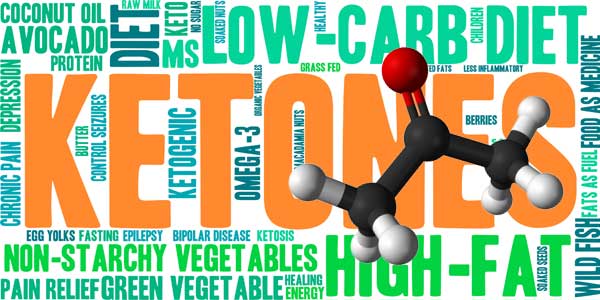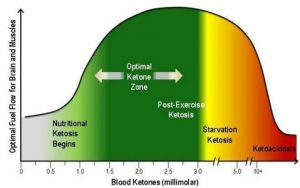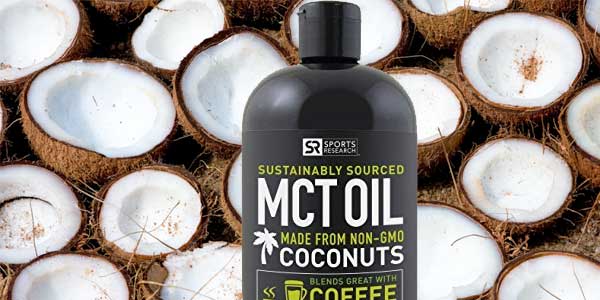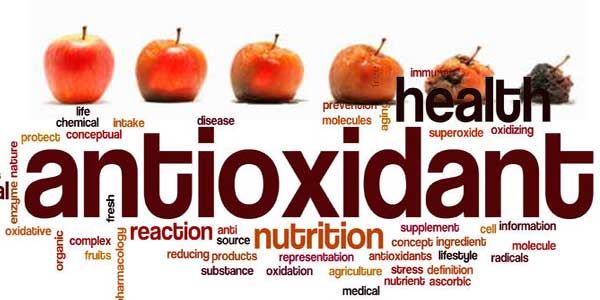An organic plant-based whole-food diet should be the first step to detox your body.
One is the water fast.
The 2016 Nobel Prize for Physiology or Medicine was awarded to Japan’s Dr. Yoshinori Ohsumi for his discoveries of the underlying mechanisms of a physiological process called autophagy. Autophagy is a natural process by which the body degrades and recycles damaged cells, proteins and toxins. Autophagy comes from two Greek words, auto meaning “self” and phagy meaning “to eat.”
This is the body’s way of cleaning house. It happens during starvation, calorie restriction, and fasting. If the body fails to engage in autophagy, damaged cells and structures can accumulate dangerously. Autophagy is one method that the body uses to naturally neutralize cancer cells and degrade cells infected by harmful bacteria and viruses.
So fasting basically reboots and recharges your immune system. They found that when cancer patients water fasted 24hours before chemotherapy treatment, the treatment worked better, because water fasting weakened the cancer cells.

Reset your immune system by fasting
Your doctor may not know anything about fasting. He may say you can’t do it or you shouldn’t do it. If that’s the case then you fast at your own risk.
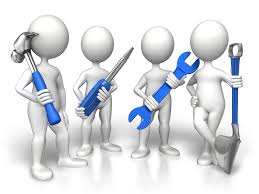
Your body is constantly processing the foods that you’re bringing in and using them to create energy and maintain homeostasis to keep you alive. But when you fast you stop the conveyor belt, so food stops coming in. Now you’ve got all these workers that don’t have anything to do, because there’s nothing on the conveyor belt. There’s no food to process, so they’re like: “What do we do now? Well, let’s look around and see what needs repair!”
 It takes about 24 hours to burn through the glucose that’s stored in your liver. Once you burnt through that, your body will start burning through body fat. If you’re active the first day of your fast, your body will burn through the glucose faster and switch to fat-burning sooner.
It takes about 24 hours to burn through the glucose that’s stored in your liver. Once you burnt through that, your body will start burning through body fat. If you’re active the first day of your fast, your body will burn through the glucose faster and switch to fat-burning sooner.- We’re addicted to a diet that’s high in protein, fat, sugar, and salt and when you remove the animal protein and the high levels of sugar, fat, and salt from your diet, you will experience withdrawal symptoms. You will also experience withdrawal from caffeine and other food additives like Aspartame if you’ve been drinking diet sodas or chewing gum all day.
- The other reason you feel bad when you switch to a hardcore healthy diet is detoxification. So again, when you start burning through body fat, your body starts dumping toxins into your bloodstream and they circulate around and your body has to process them in order to excrete them. During that process you’re going to feel lousy. Some typical reactions are low energy, headaches, nausea, aches and pains. You could get diarrhoea. You might throw up.
If any of those things happen, it’s because there’s some serious detox going on in your body. Just power through it, again under medical supervision if necessary.
If you’re taking prescription drugs this could be dangerous, so you need to make sure you’re cautious about your approach.
You might even run a fever. Your immune system ramps up into high gear when you have a fever. A fever can wipe out a host of viruses, bacteria, and parasites in your body that you didn’t even know you had. And stuff is going to come out in a lot of different ways if you’re toxic, so this could cause, like I said, aches and pains, headaches, nausea, diarrhoea, vomiting, fever, pimples, rashes, any of the above, but hopefully not all of the above. The best case scenario is, you just feel lousy, no energy, maybe a bit of a headache for a few days. The worst case could be pretty rough for a few days, but remember, if and when you start feeling bad, just remind yourself: “This is normal. I will get better.”

When you get over that detoxification hump, usually after a few days, worst case a week, you will feel amazing.
Your immune system will generate new blood cells as soon as nutrients start flowing back into the body.
The next step down from water fasting, is juice cleansing.
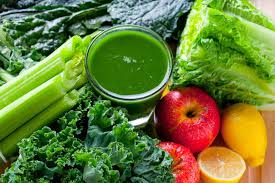 Some people will start with the three day water fast and then do a three, five, or a ten day juice cleanse. And then, when they come out of the fast, they’ll transition to raw food or plant-based wholefood diet. Lots of fresh fruit first and incorporate vegetables as well. There’s all kinds of information online about different fasting methods, but I’m all about simplicity. I think the optimal starting point for most people is three days on water, then using juices (mainly vegetable, not fruit juices) to transition to a plant-based diet.
Some people will start with the three day water fast and then do a three, five, or a ten day juice cleanse. And then, when they come out of the fast, they’ll transition to raw food or plant-based wholefood diet. Lots of fresh fruit first and incorporate vegetables as well. There’s all kinds of information online about different fasting methods, but I’m all about simplicity. I think the optimal starting point for most people is three days on water, then using juices (mainly vegetable, not fruit juices) to transition to a plant-based diet.All body fat is really just stored energy. In case there’s a food shortage, that’s good! But if you have a lot of extra body fat, it’s a burden to your entire body. We know that obesity is the second leading cause of cancer, so you need to get rid of the excess body fat. A nice benefit of fasting is a quick loss of body fat.

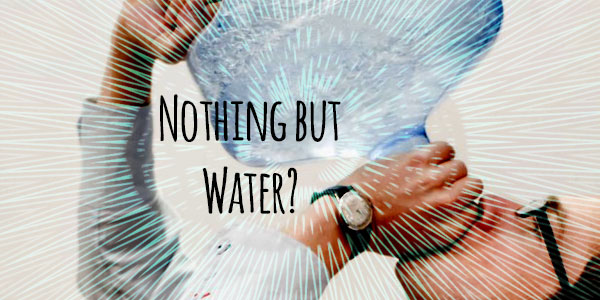
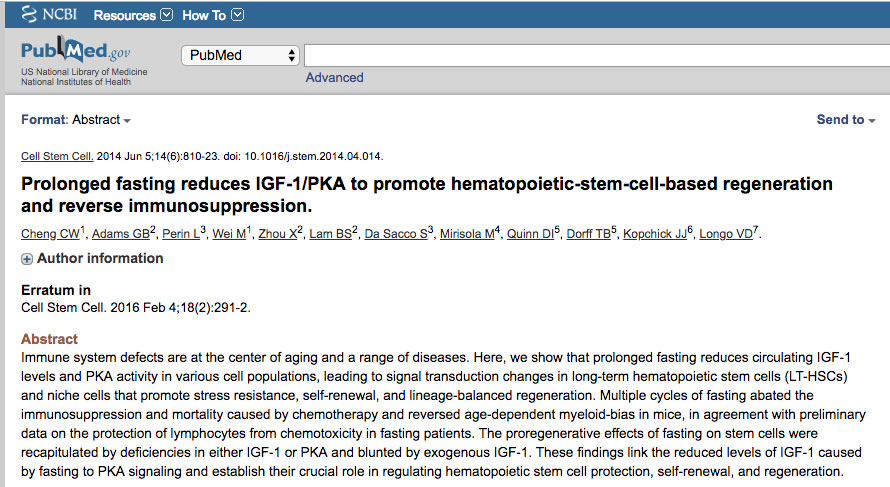
 Michael Klaper, M.D. is a graduate of the University of Illinois College of Medicine and received postgraduate training in internal medicine, surgery, anesthesiology, and orthopedics at UBC teaching hospitals in Vancouver and obstetrics at UCSF. He has practiced acute care medicine in Hawaii, Canada, California, Florida and New Zealand.
Michael Klaper, M.D. is a graduate of the University of Illinois College of Medicine and received postgraduate training in internal medicine, surgery, anesthesiology, and orthopedics at UBC teaching hospitals in Vancouver and obstetrics at UCSF. He has practiced acute care medicine in Hawaii, Canada, California, Florida and New Zealand.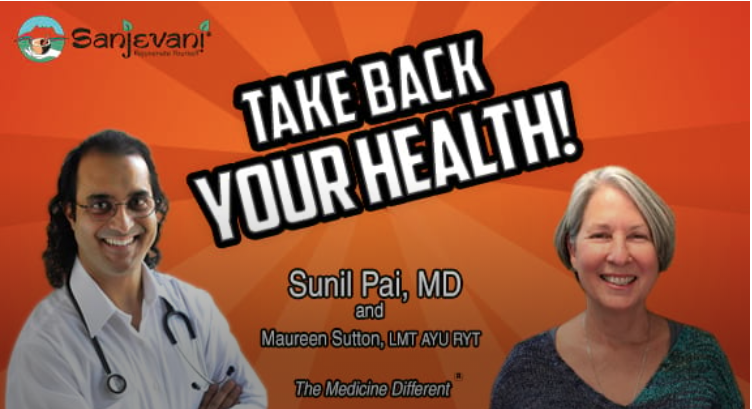
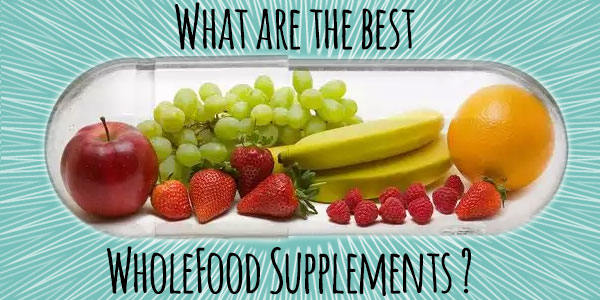
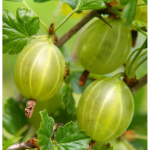
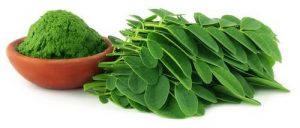
 Vitamin D3 is the #1 anti-cancer vitamin. I can’t say enough good things about Vitamin D3. More than 3,500 studies have examined this vitamin, and overall they have shown the following:
Vitamin D3 is the #1 anti-cancer vitamin. I can’t say enough good things about Vitamin D3. More than 3,500 studies have examined this vitamin, and overall they have shown the following: Now the best source of vitamin D is sunshine.
Now the best source of vitamin D is sunshine.
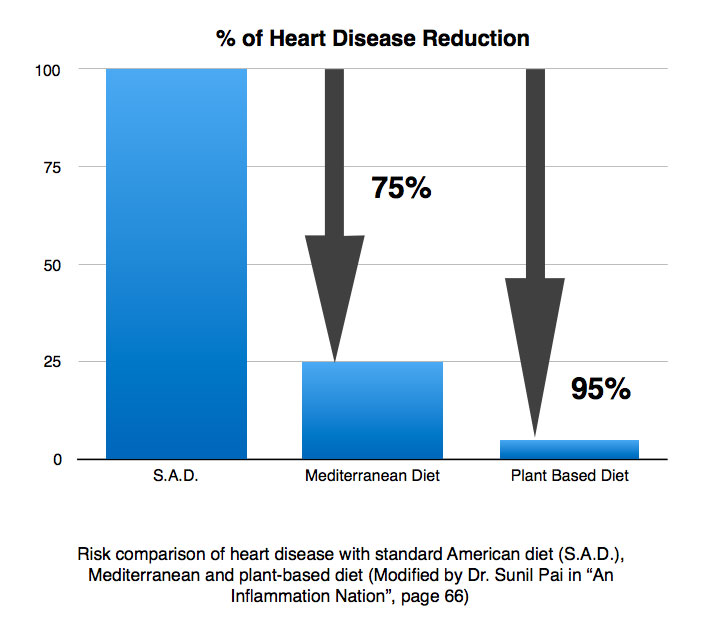





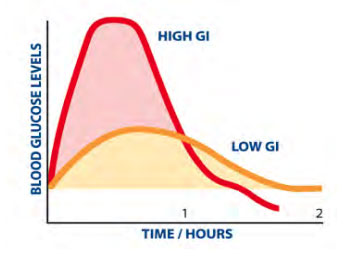
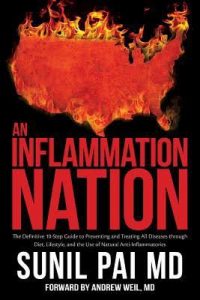 This post is a summary of the relevant chapters of
This post is a summary of the relevant chapters of 